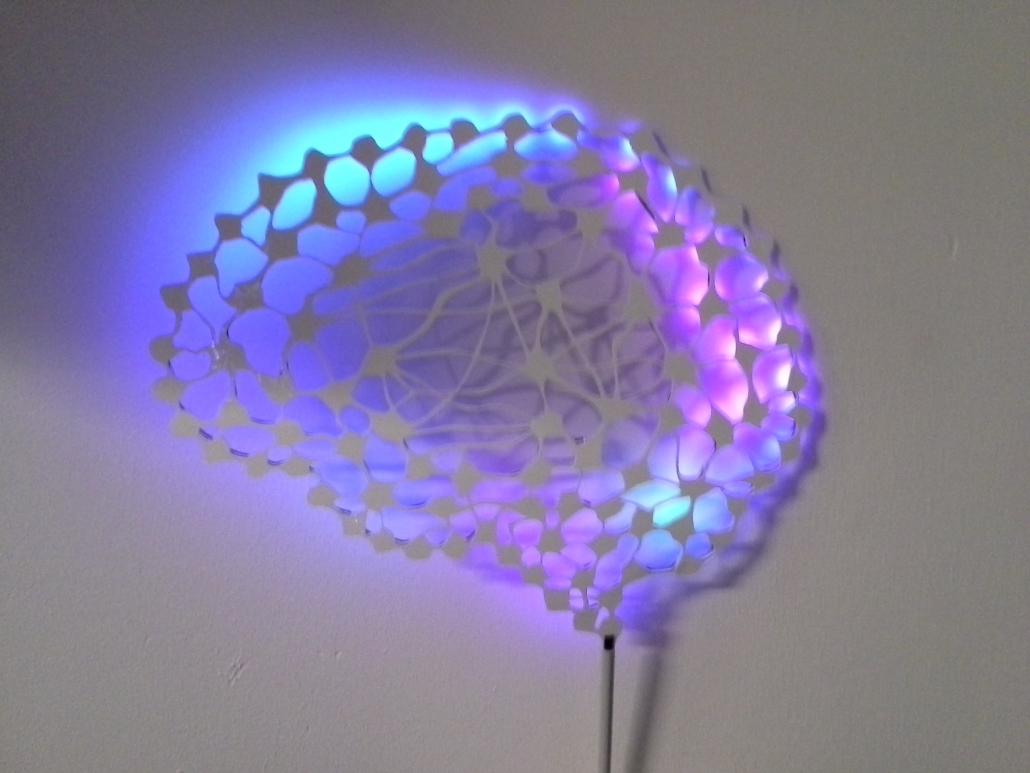

Again, to elucidate cellular dynamics in terms of electrophysiology at the single-neuron level, we emphasize in detail the role of single-neuron mapping and electrophysiological recording. This review highlights various single-neuron models and their behaviors, followed by different analysis methods. In comparison with bulk analysis, single-neuron analysis can provide precise information about neurons or even sub-neuron level electrophysiology, anatomical differences, pathophysiology, structural and functional features, in addition to their communications with other neurons, and can promote essential information to understand the brain and its activity. The communication, technically referred to as connectivity, between single-neurons, is the center of many investigations aimed at elucidating pathophysiology, anatomical differences, and structural and functional features. There is only one axon terminal per neuron.The brain is an intricate network with complex organizational principles facilitating a concerted communication between single-neurons, distinct neuron populations, and remote brain areas. Synapses often exist where a dendrite and an axon terminal meet. A spinal cord neuron stimulates a muscle to contract.A neuron that takes taste information from your tongue and sends it to your brain.A neuron in the spinal cord receives touch information and then transmits that information to another spinal cord neuron that controls the movement of an arm muscle.For each type of neuron below, identify whether it is a sensory neuron, motor neuron, or interneuron.Compare and contrast sensory and motor neurons.Relate neurons to different types of nervous tissues.What is the potential for neurogenesis in the human brain? How does their arrangement allow nerve impulses to travel very rapidly along axons?

Describe the myelin sheath and nodes of Ranvier.Identify the three main parts of a neuron and their functions.Interneurons carry nerve impulses back and forth often between sensory and motor neurons within the spinal cord or brain.They change nerve signals into the activation of these structures. \), carry nerve impulses from the central nervous system to muscles and glands.


 0 kommentar(er)
0 kommentar(er)
